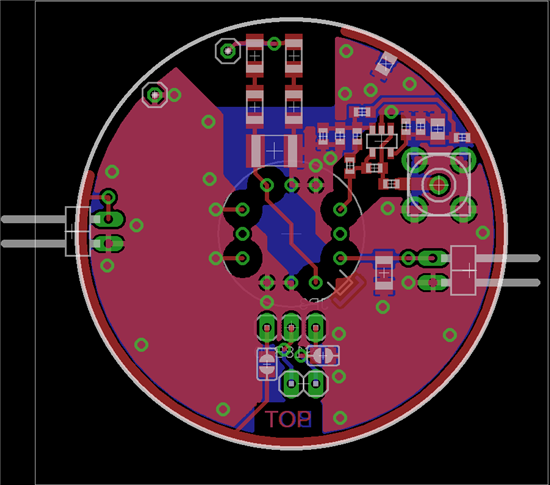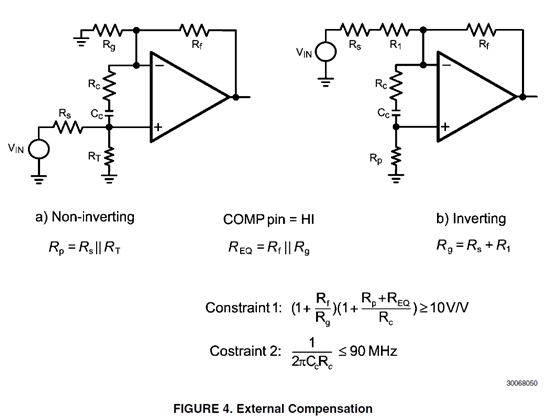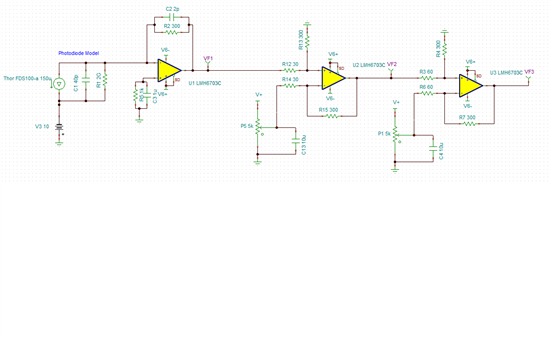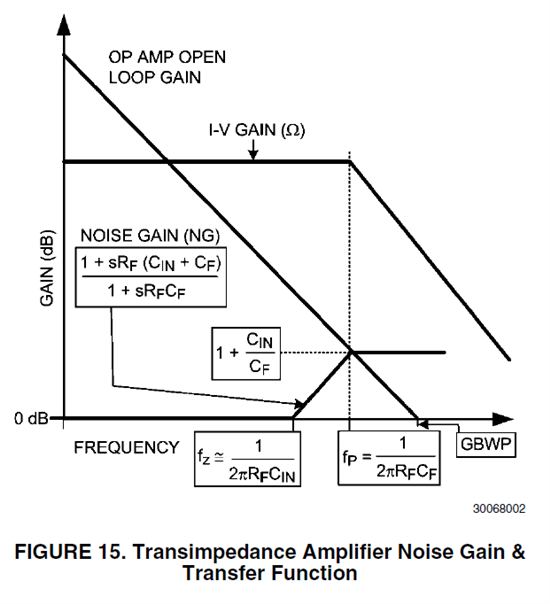Hi,
We are trying to build a relatively fast trans-impedance amplifier for an avalanche photo diode in an X-Ray experiment at a free-electron laser. We decided to use an LMH6629 for this purpose. After extensive simulation with TINA-TI which yielded excellent stability with a wide stability margin concerning capacitive loads, we decided to build an amplifier.
This is basically the example circuit from the datasheet of the LMH6629, but the APD is connected via JP1 and connected at the cathode rather than the anode:
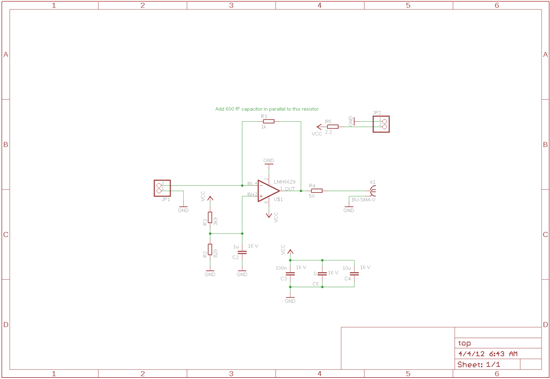
This is the respective PCB. All connections to the APD, except the APD socket, are soldered. Biasing is done on an extra PCB as we want to be able to use this amplifier with different APDs.
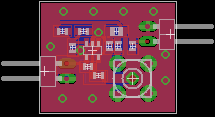
Though the 600 fF capacitor is not shown here, it is actually soldered on top of the 1k resistor.
Now, without any diode connected, the output of the opamp oscillates at about 750 MHz, 10 mVpp. We have built several of these and achieved about the same result, except one time, where the amplifier was actually stable. However, we have no idea why.
The same happens when we solder this board to the Diode carrier board. However, when adding the Diode to this circuit, another oscillation at 165 MHz, 50 mVpp can be seen. The Diode has a capacitance of about 4 pF when biased at 80 V.
So, now the question is of course: Do you have any hints how to get rid of this behaviour? Filtering the 750 MHz oscillation could work, but adds more complexity and does not solve the 165 MHz oscillation
Kind Regards,
Johannes


